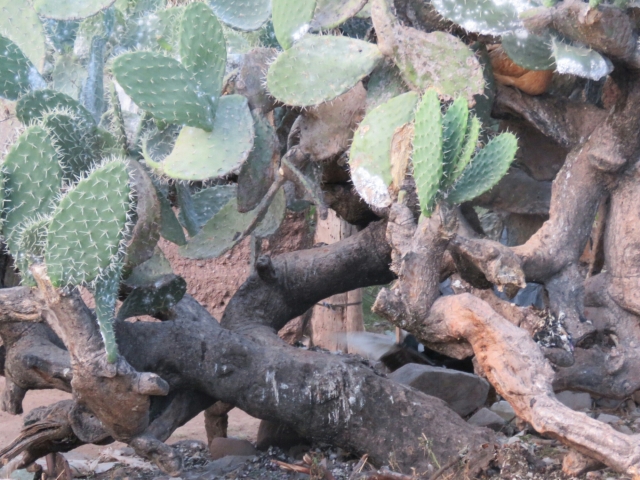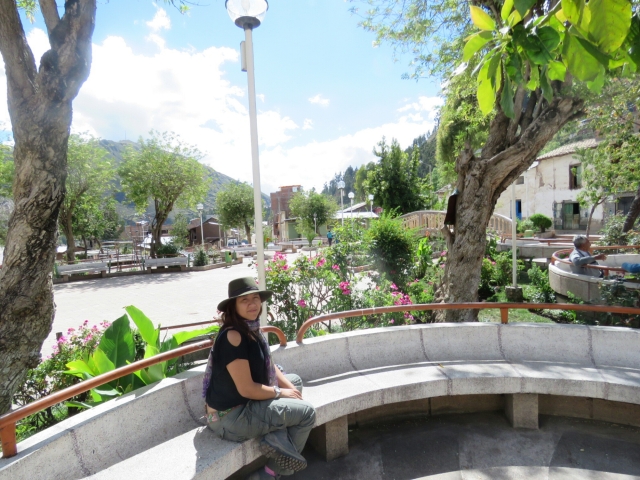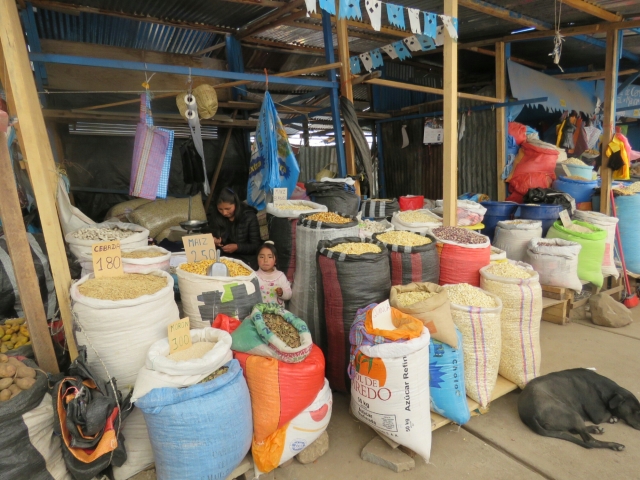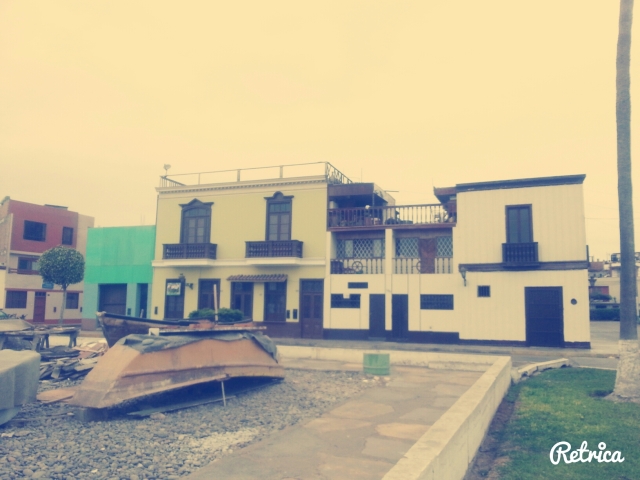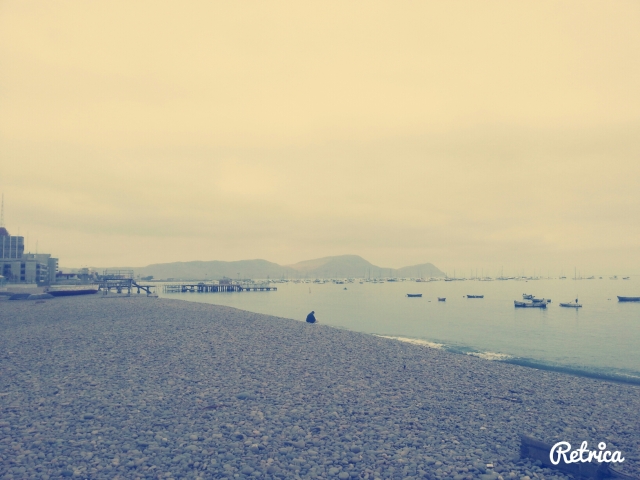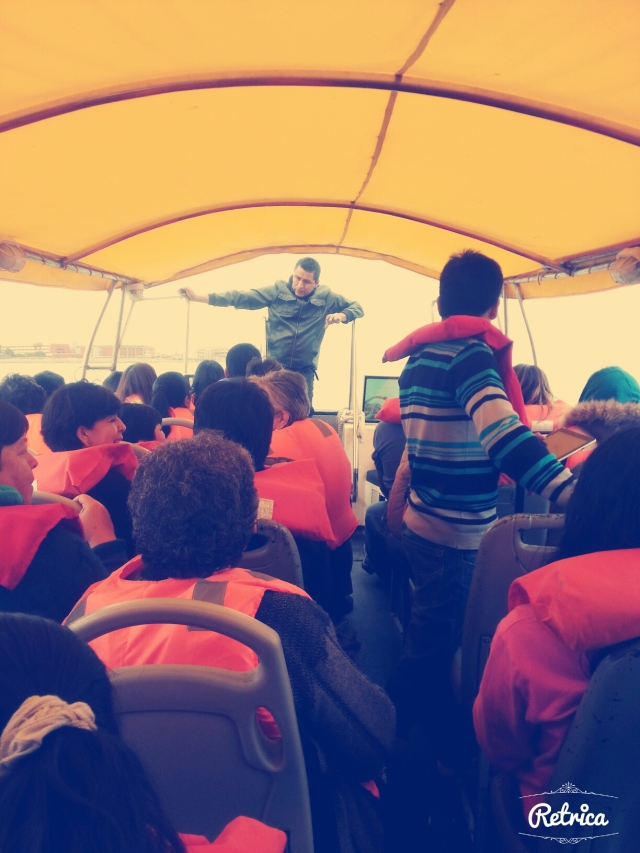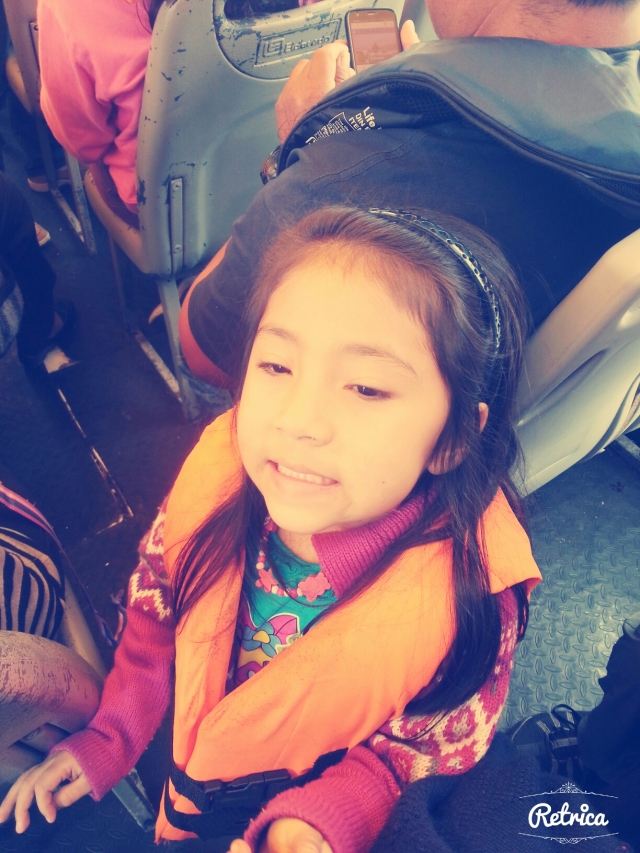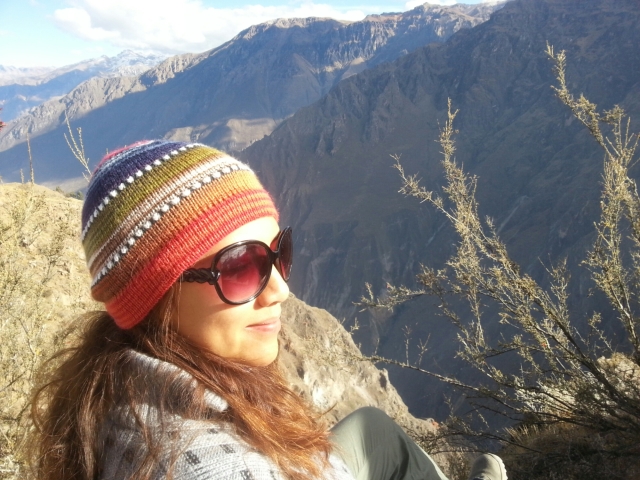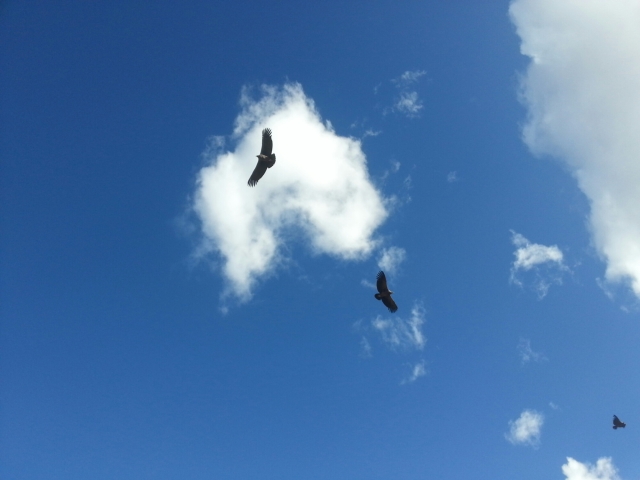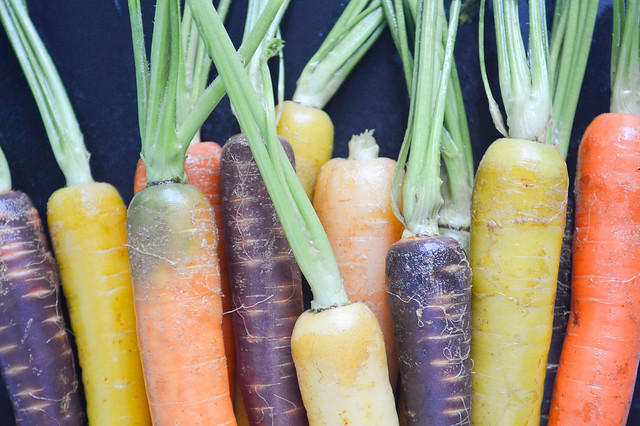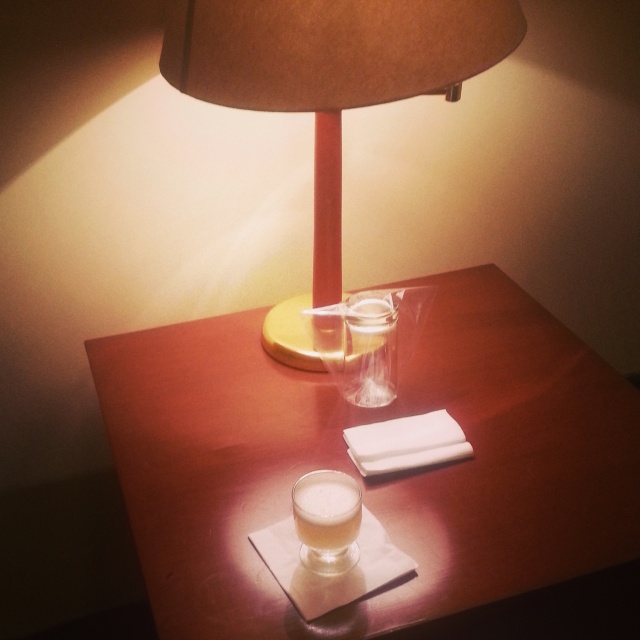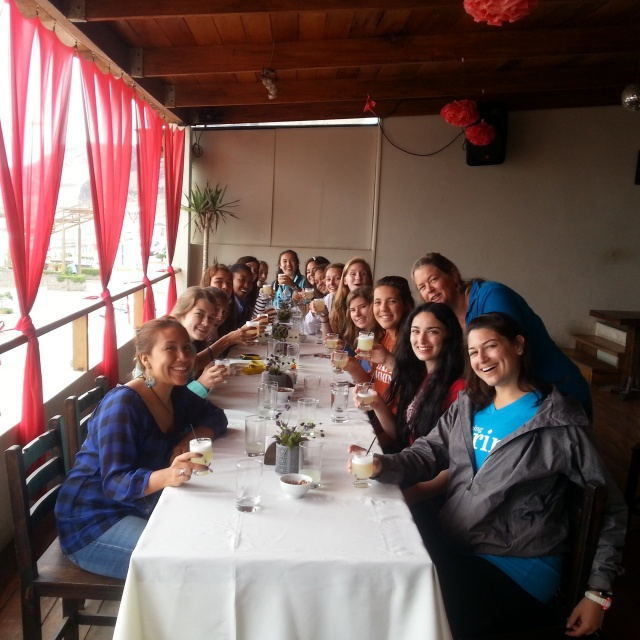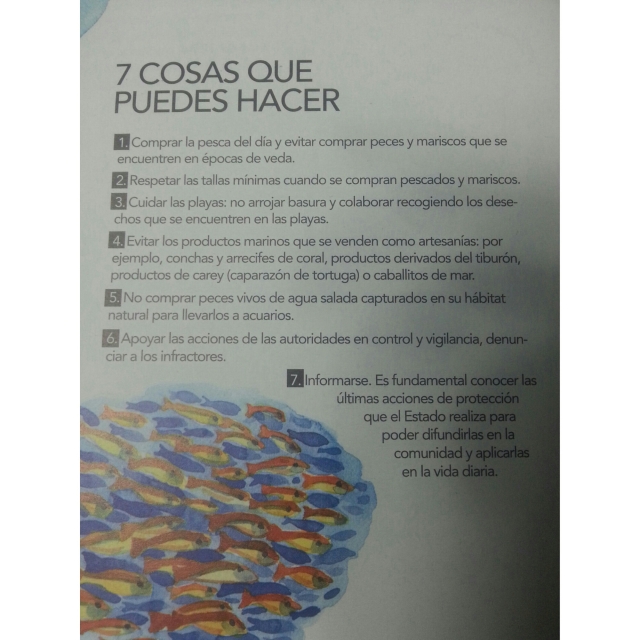One of the firsts sweet flavors any peruvian child try is the sweetness of a Tuna, a curious, colorful fruit but thorny that usually gives you, if not properly opened, a painful sensation of minuscule thorns inlaid in both of your hands… a small suffering that worth to be paid for this fruit of the desert.
La Tuna (Opuntia ficus-indica) or nopal in Central América, it’s a fruit well know in our country since pre-Columbian times and cultivated since about 2000 years ago, textiles and potteries describe ancient scenes in which the cactus of the tuna and the fruit itself has been portrait, or as well the presence of a fungus that live in the plant’s leaves named Cochinilla , some of the cultures that offer evidence of this are: Huari, Tiahuanaco, Chimú and Inca. The investigations has proven that Cochinilla (Dactylopius coccus Costa) is in 47 of 52 textiles examined, nowadays we still use this natural pigment especially in the cosmetic industry, a plant cultivated and consumed more than 2000 years ago. The Tuna was taken by the Spaniards to Europe and then distributed to the rest of the world
The adaptability of this plant is fantastic, to be more precise this humble plant grows in different climates and terrains, it resist drought and aridity, and is cultivated from sea level to 8,000 feet above sea level (3,000 masl) although it’s best production occurs in between 1,700 to 2,500 masl with temperatures that fluctuate between 12 to 34 C. (50 to 72 F.) In Perú the plant grows up to 1 or 2 meters high. Fruits are green, orange or red.
This internationally cataloged as “exotic fruit” gets also other names across South and Central America, in México it’s named nopal and in other sites of Central America: Alquitira, Choya, Higo chumbo , etc.
Finally, Perú has one of the world’s largest productions of tuna, also first place producers of Carmín (red pigment made from the squeezed cochinillas), we cover 85% to 90% percent of international demand. The main producer zone of this product in the country is Ayacucho.
Delitious fruit from the desert and the arid highlands, if you ever come to this latitude don’t forget to put it in your must-try list.




